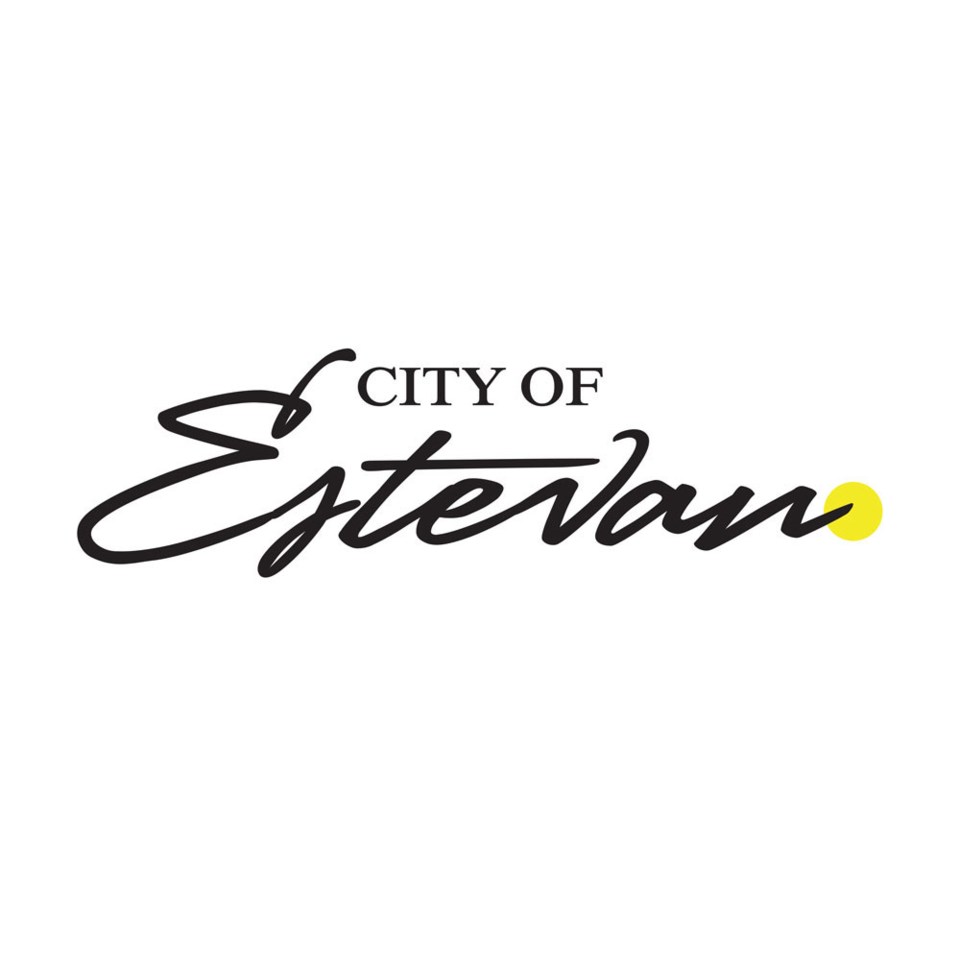The Oct. 26 civic election marked the first time that the City of Estevan has used electronic polling, and they are pleased with the technology.
Polls for the election closed at 8 p.m., and the results were tabulated in less than an hour. During the 2012 election, in which the votes were counted manually, it took more than four hours to count all the votes.
The results from the electronic polls were also accurate. There weren’t any changes from the unofficial results on election night, and the numbers that were declared official the following day.
Only five ballots were spoiled.
“I love the electronic voting,” said Judy Pilloud, the city clerk and the returning officer for the election. “I think people have accepted it really well.”
The only issue they encountered, she said, was that it became more difficult to slide the ballots into the ballot box if they were handled. If a corner was slightly lifted, the machine might reject the ballot.
“You notice it at the mobile polls,” said Pilloud. “They’re taking the ballots in and out of their cars, and they’re taking them into the care facilities.”
The people working at the polling stations had to explain how to fill out the ballots to some voters, but most grasped the concept relatively quickly.
The city tried the electronic balloting for a byelection in April 2014, and the results were tabulated within 30 minutes, which was slightly faster than this election. Pilloud suspects it’s because they had just one polling station in 2014.
She believes the vote-counting process could be even quicker.
“I was guessing it would be tabulated in nine minutes (this time), so I was off,” said Pilloud.
The city spent $10,000 to lease the equipment from Electronic Systems and Software in B.C., but those costs were partially offset because the city had fewer people working on election day, and they didn’t have to work as late.
Pilloud expects the city will continue to employ electronic polling.
“That will be part of my recommendation to council, at the next meeting, is that this is a very good way to do elections, and it doesn’t tax people, and you can use fewer workers,” said Pilloud.
The ballots required people to fill in a circle next to the candidate of their choice, rather than the conventional “x” or check mark. A certain portion of the circle needs to be filled in for the ballot to register, and Pilloud said filling the circle will be the way people vote in the future.
There is new technology in which people can vote via a touch screen, but Pilloud expects voters will still prefer a pen and paper when they vote.


